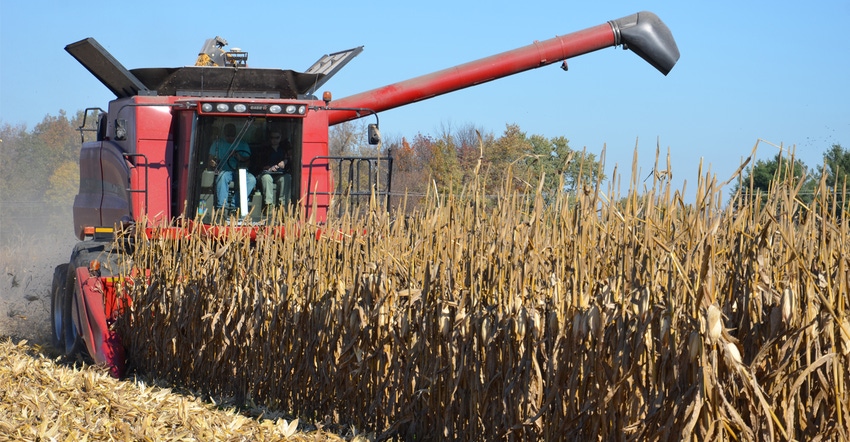
The presidential election brought the discussion about global warming into focus. Is global warming real or just a hoax? If it’s real, what effects will it have on climate change?
I’ve come across many people who absolutely don’t believe in global warming. If you try to convince them with scientific data, they may accept it, but most still don’t believe humans are causing it. They hold Mother Nature completely responsible.
Let’s look at key questions related to global warming.
1. What are the causes of climate change and global warming? Climate changes have occurred in nature for millions of years, caused by solar energy flares, volcanic eruptions, earthquakes and other natural causes.
2. How does global warming take place? Sunlight passes through the atmosphere, acting like a blanket around the earth and warming its surface. Heat radiates back toward space. Most outgoing heat is trapped by greenhouse gases and reversed in all directions.
3. Where does nature fit in this process? Perhaps global warming is mostly due to natural phenomena that have occurred over time. However, our Industrial Revolution has caused a greenhouse effect that traps water vapor, and an increase in carbon dioxide, nitrous oxide and methane in the atmosphere.
4. Why have levels of these substances increased? Some increases can be attributed to fossil fuels. Carbon dioxide is released through natural processes like respiration and volcanic eruptions, deforestation and burning. Methane is produced by humans and animals, decomposition of waste in landfills, and by livestock, nitric acid production, biomass burning, and use of commercial and organic fertilizers.
5. How could these gases be tied to global warming? These gases act like a thermal blanket. Chlorofluorocarbons, which are synthetic compounds created entirely by industry, contribute to the destruction of the protective ozone layer.
6. Why is this type of pollution important? There’s so much pollution in parts of China, Japan and India, and even in some U.S. cities, that sometimes people wear masks for breathing. Of course, you can argue that a volcano eruption causes lots of pollution in a hurry, too!
7. What does local data say? We looked at temperature data in central Indiana for the last three growing seasons. It appears there may be a warming trend. However, it may be different next year. I don’t think we can blame Mother Nature for all of the global warming. I think pollution caused by humans may have a role.
8. What are we going to do about it? This is one key question that must be answered. Others are: How are we going to adapt to the changing environment? How will our crops be affected by it?
9. What changes in agriculture are most likely? The northern two-thirds of the country will experience a longer growing season. Farmers there may increase yields by growing varieties with longer relative maturities. South-central and southern states could grow more subtropical and tropical crops.
10. How quickly will changes occur? These changes will occur gradually. Some people believe increases in carbon dioxide may already be helping increase crop yields. However, we need to control pollution so we can breathe as we keep adding more mouths to feed!
Nanda is president of Agronomic Crops Consultants LLC. Email him at [email protected], or call him at 317-910-9876.
About the Author(s)
You May Also Like




